Yacht event photography isn’t just about capturing moments—it’s about creating unforgettable experiences. Whether it’s a luxury yacht party, a Newport Boat Parade, or a themed event, yacht photography offers a unique blend of sophistication and creativity. With the right approach, you can elevate your craft, stand out in a competitive market, and build a thriving business. This comprehensive guide dives into the ins and outs of yacht event photography, covering everything from pricing strategies and technical tips to building a portfolio and staying ahead of trends. From understanding the 12-person yacht rule to exploring high-demand photography types, this article equips you with the knowledge needed to master yacht event photography and unlock its full potential. Let’s embark on this journey together, where every shot tells a story and every event leaves a lasting impression.
Key Takeaways
– Profitable and High-Demand: Event photography offers significant earning potential, with consistent demand across various events.
– Freelancing and Specialization: Success lies in freelancing and specializing in niche areas for premium rates.
– Diverse Earning Opportunities: Multiple photography genres, like weddings, commercial, and fine art, provide lucrative avenues.
– Portfolio and Relationships: Building a strong portfolio and fostering client connections are crucial for business growth.
– Competitive Strategies: Effective pricing models and targeted marketing are essential for standing out in the market.
– Client Focus: Clear communication and tailored services ensure client satisfaction and repeat business.
– Continuous Improvement: Staying informed and skilled through workshops enhances career prospects.
– Explore Resources: Visit SailingPhotoAwards for more insights and opportunities.
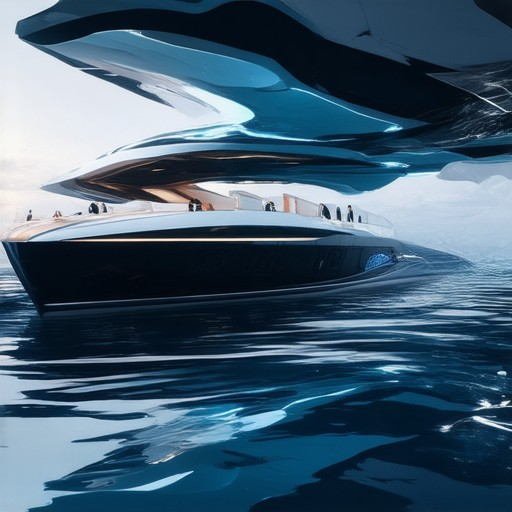
What is the 12 Person Yacht Rule?
The 12-person yacht rule is a safety regulation derived from the Safety of Life at Sea (SOLAS) Convention, an international maritime law that applies worldwide. This rule dictates that yachts carrying more than 12 passengers must be classified as passenger ships. Such vessels are subject to stricter safety and structural standards to ensure passenger protection.
Key points of the rule include:
- Classification as Passenger Ships : Exceeding 12 passengers triggers classification as a passenger vessel, necessitating enhanced safety features.
- Compliance Requirements : Passenger ships must meet specific safety standards, including adequate lifeboat capacity, emergency equipment, and trained crew.
- Legal and Safety Implications : Adhering to these regulations is crucial for legal compliance and ensures passenger safety, though smaller boats may have exceptions if not carrying paying guests.
This rule underscores the importance of safety in marine operations, reflecting global efforts to protect lives at sea.
How to Price Event Photography
To determine the right price for your event photography services, consider several key factors:
- Your Costs: Account for equipment rental, travel expenses, and time spent on editing and post-production.
- Market Rates: Research what other photographers in your area are charging for similar events. Look at online platforms or local photography groups for average rates.
- Your Experience Level: More experienced photographers may justify higher rates due to their expertise and reputation.
- Event Details: Consider the duration of coverage, complexity of the event, and the number of attendees, as these factors influence the scope of work.
- Add-On Services: Price premium options like high-resolution prints or custom albums accordingly.
- Client Budget: Offer flexible packages to accommodate different budgets while ensuring profitability.
Additionally, promote your services effectively through social media and a portfolio website to attract clients who value professional photography. Adjust your pricing as needed based on feedback and market demands while staying competitive within your area.
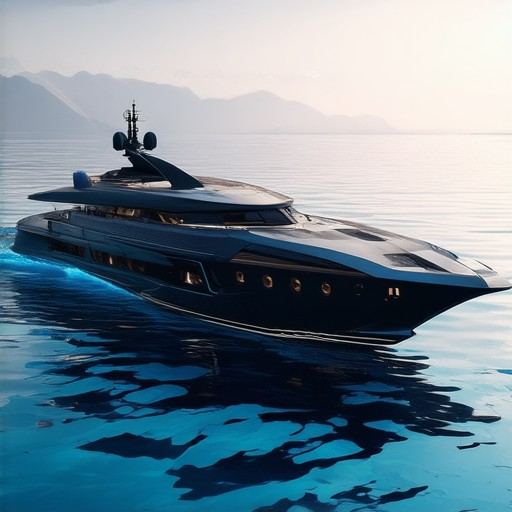
How to Take Pictures on a Yacht
To capture stunning photos on a yacht, consider the following tips:
- Safety First: Ensure you’re secure on the boat. Avoid standing on unstable surfaces or near open spaces. Use handrails when moving around.
- Composition Basics: Frame your shots thoughtfully. Consider leading lines, symmetry, and symmetry in your compositions.
- Lighting Strategy: Shoot during “golden hour” for soft, warm light. Avoid direct sunlight, which can cause harsh shadows and washed-out colors.
- Movement and Action: Capture movement by panning or freezing frames. Try following a moving object, like a wave or the boat’s wake.
- BEST ANGLE TIP: Shoot from the bow for a dramatic shot of the horizon and waves. Alternatively, position yourself at the stern to capture the boat’s wake and reflection.
- Include Surroundings: Incorporate elements like the boat’s details, the sky, or the distant horizon to add depth to your photos.
- Stay Stable: Find your balance and avoid sudden movements. Use the boat’s structure, like the mast or railings, to steady yourself.
- Gear Essentials: Bring a sturdy camera, tripod, extra batteries, memory cards, and a portable charger. Consider bringing a reflector or diffuser for better lighting.
- Edit Your Photos: Enhance your shots with editing software. Adjust colors, contrast, and sharpness to bring out details and improve overall quality.
- Timing Tips: Plan your photo sessions during calm weather for clearer views. Early mornings or golden hours often yield beautiful lighting conditions.

Is Event Photography Profitable?
Yes, event photography can be a profitable venture, offering opportunities for creativity, skill development, and income generation. However, profitability depends on several factors, including the type of events you photograph, your target audience, and your marketing strategy.
- High Demand: Events such as weddings, corporate functions, and social gatherings consistently require photography services, ensuring steady demand.
- Freelancing Potential: Many photographers find success working as freelancers, offering flexible scheduling and diverse project opportunities.
- Specialization Opportunities: Focusing on niche areas like sports, portrait, or event photography can allow you to charge premium rates.
- Business Growth: Building a strong portfolio, establishing client relationships, and leveraging digital platforms can significantly expand your business opportunities.
To maximize profitability, consider the following tips:
- Pricing Strategy: Develop a competitive pricing model that reflects your expertise and the event’s complexity.
- Marketing Channels: Utilize social media, online portfolios, and networking events to reach potential clients.
- Client Communication: Clearly communicate your services, packages, and policies to ensure alignment with client expectations.
- Continuous Learning: Stay updated on industry trends and improve your skills through workshops or online courses.
While event photography offers significant earning potential, it also requires dedication, hard work, and a proactive approach to building your brand. By combining artistic talent with effective business practices, you can establish a successful and profitable career in this dynamic field.
Learn more about event photography opportunities .
What Type of Photography Makes the Most Money?
Several types of photography can lead to significant earnings, depending on factors like demand, client base, and market saturation. Here’s a breakdown of some of the most profitable photography niches:
- Wedding Photography : Known for high expenses among clients, wedding photographers often charge between $2,000 to $10,000 for full-day coverage. Additional income can come from engagement sessions, baby announcements, and portrait work.
- Commercial Photography : Companies and businesses pay top dollar for custom photography, particularly for product shots, branding materials, and advertising campaigns. Rates can range from $150 to $600 per hour.
- Portrait Photography : Freelance portrait photographers can earn between $100 to $500 per session, depending on location, experience, and package offerings. Repeated clients and referral programs can significantly boost income.
- Stock Photography : Selling photos through stock agencies like Shutterstock or Adobe Stock allows photographers to earn passive income. Prices can vary widely, but successful photographers may earn tens of thousands annually.
- Fine Art Photography : High-end photographers can sell their work for thousands of dollars, especially if they exhibit in galleries or participate in art shows. Online platforms like Etsy can also reach a global audience.
- Nature and Wildlife Photography : Professional nature photographers can charge upwards of $500 per hour for shoots, particularly for clients interested in capturing unique landscapes or wildlife. Additional revenue comes from selling prints and books.
- Fashion Photography : Working with fashion magazines or brands can yield high rates, often ranging from $200 to $1,000 per shot. Major campaigns or fashion week assignments can result in significant earnings.
- Underwater Photography : Specializing in underwater photography can attract high-paying clients, such as dive resorts and travel agencies. Rates can be competitive, especially for unique and high-quality images.
- Event Photography : Capturing moments at conferences, parties, or corporate events can be lucrative, with rates varying based on the event size and scope. Consistent work can lead to steady income.
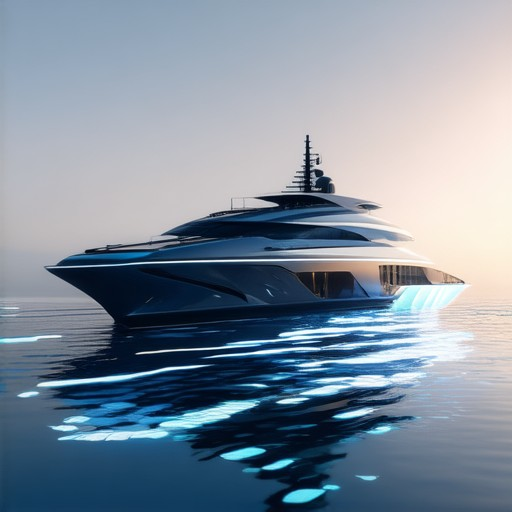
How Many Photos Per Hour for Event Photography?
The number of photos captured per hour in event photography varies significantly based on several factors:
- Event Type :
- Weddings : Typically require more photos due to numerous attendees, multiple stages, and varied activities.
- Corporate Events : Often more structured with fewer moving parts, yet still necessitate capturing key moments.
- Photographer Style :
- Candid Shots : Spontaneous and quick, potentially leading to higher photo rates.
- Posed Portraits : Slower due to setup and direction, resulting in fewer photos per hour.
- Event Size :
- Larger gatherings (e.g., weddings) may demand more photos, whereas smaller events might require fewer.
- Photography Approach :
- A mix of candid and posed shots can lead to an intermediate rate.
- Highly dynamic environments may require rapid shooting, increasing the count.
- Technical Factors :
- Experienced photographers may work faster, capturing more photos per hour.
- Equipment like fast lenses or multiple cameras can enhance shooting speed.
On average, professional event photographers might capture between 30-50 photos per hour , though this can fluctuate depending on the specific scenario. This rate allows for capturing significant moments without becoming overwhelming.
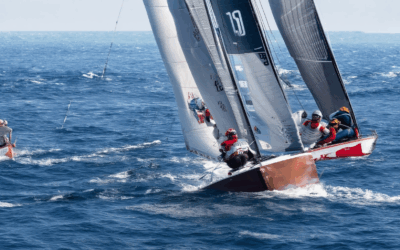
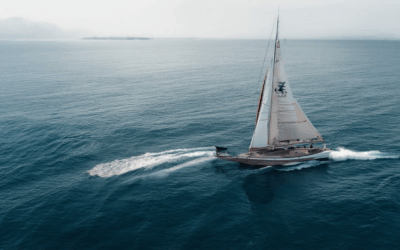
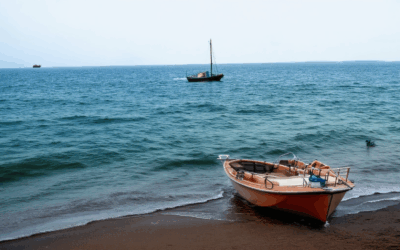
0 Comments